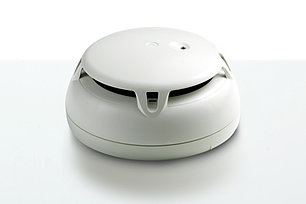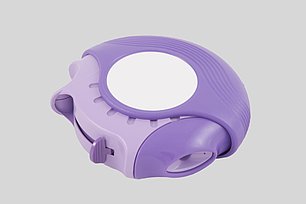Ensure the traceability of pharmaceutical products
Machine vision has revolutionised many areas of industry, and inspection and quality control are no exception. One area where machine vision is widely used is the reading and verification of DataMatrix codes on medical vials. DataMatrix codes are two-dimensional barcodes that can store a large amount of information in a compact space.
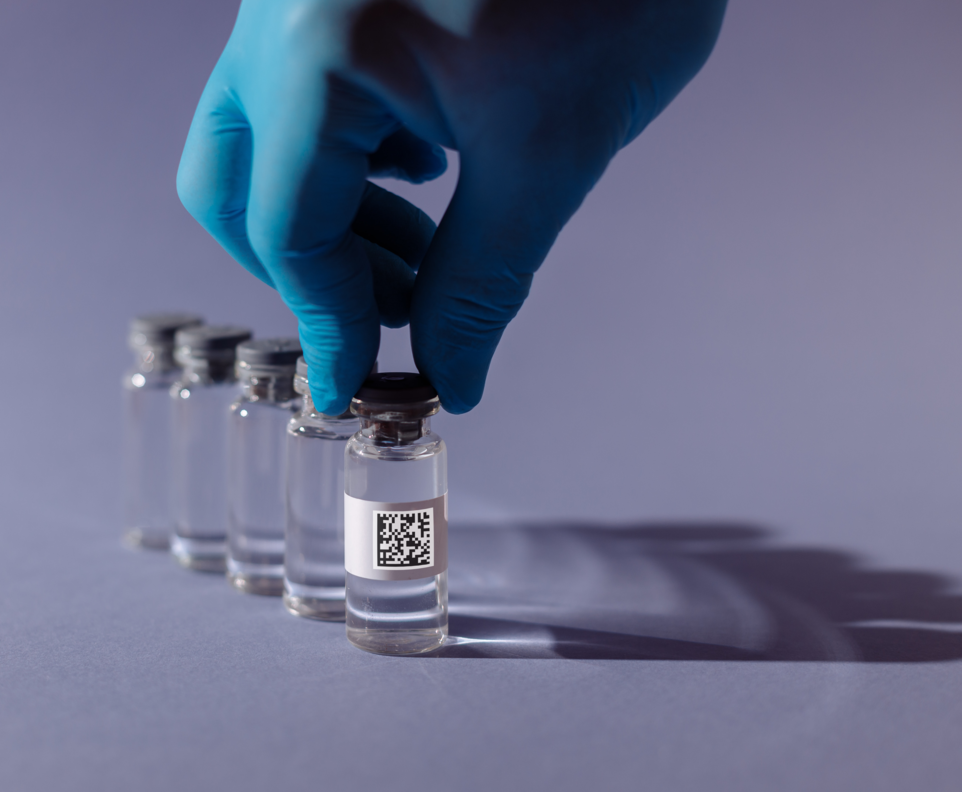
In the medical industry, it is essential to guarantee the correctness and traceability of products, particularly when it comes to medicines and pharmaceutical products. By accurately reading the DataMatrix codes on medical vials, each product can be reliably identified and tracked throughout the supply chain.
Machine vision inspection uses special cameras and advanced algorithms to capture and analyse images of DataMatrix codes. The cameras are usually equipped with appropriate lighting to ensure clear, sharp images. Image processing algorithms are able to detect, decode and verify codes, even under difficult production conditions, such as poorly printed labels, damaged codes or variations in lighting.
Once the images have been captured, image processing algorithms extract information from the DataMatrix codes. The information can include data such as batch number, date of manufacture, expiry date and other product-specific details. This information is checked against production specifications to ensure that the medical vials meet the required quality standards.
Machine vision reading of DataMatrix codes offers a number of advantages. It automates the quality control process, reducing human error and increasing overall efficiency. It also enables precise product traceability, making it easier to issue recalls in the event of quality problems.
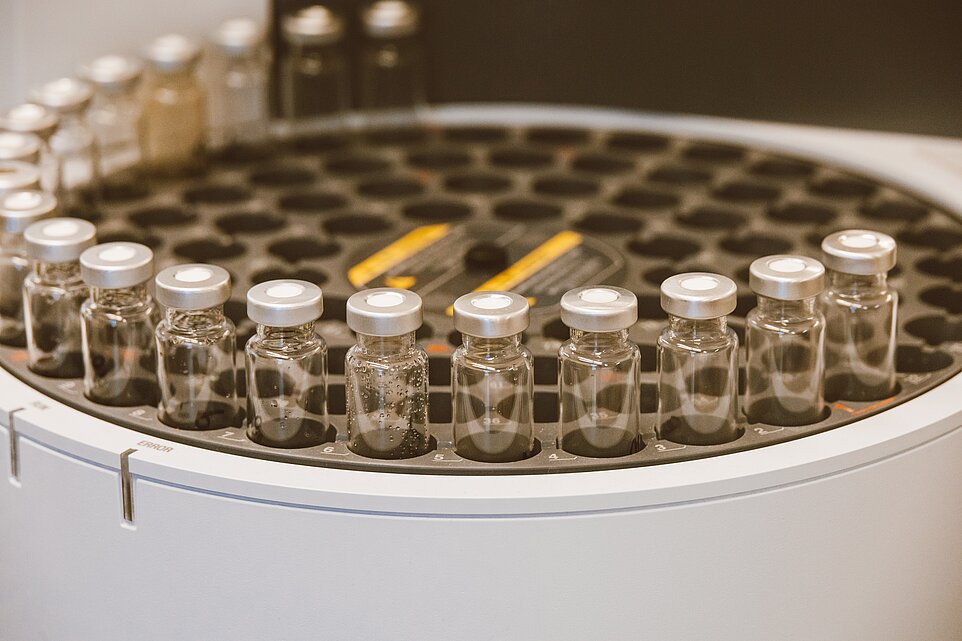
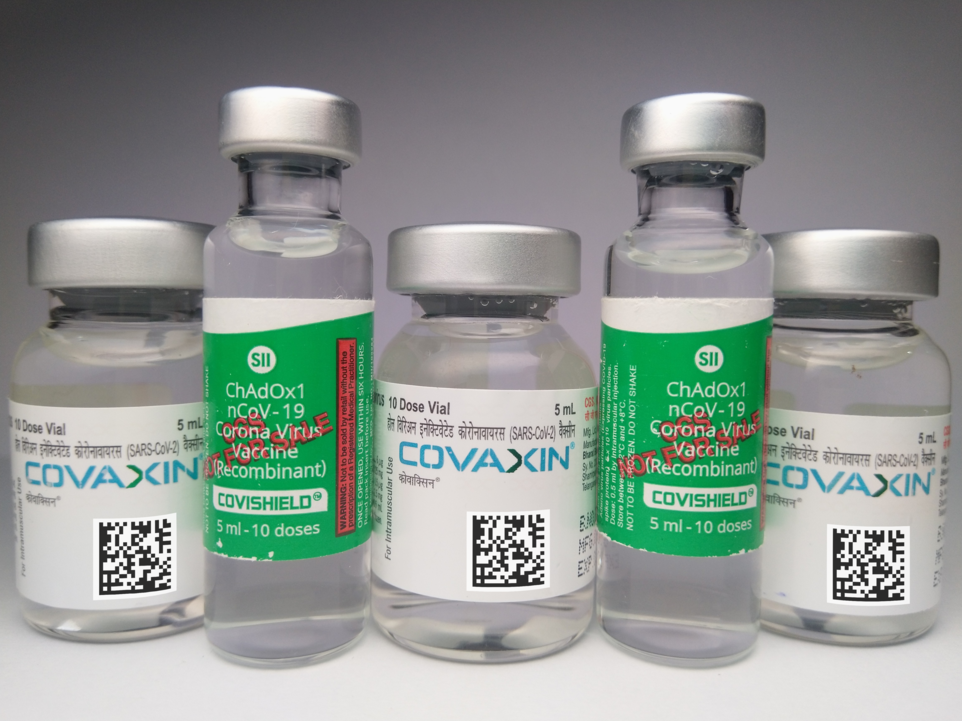
However, it is important to note that setting up a machine vision control system requires technical expertise. Cameras must be correctly positioned and configured, image processing algorithms must be developed and optimised, and rigorous testing must be carried out to ensure reliable performance.
In summary, machine vision inspection and the reading of DataMatrix codes on medical vials offer an effective solution for ensuring the accuracy, quality and traceability of products in the medical industry. Using advanced cameras and image processing algorithms, manufacturers can ensure compliance with quality standards and offer safe, reliable products to patients around the world.

